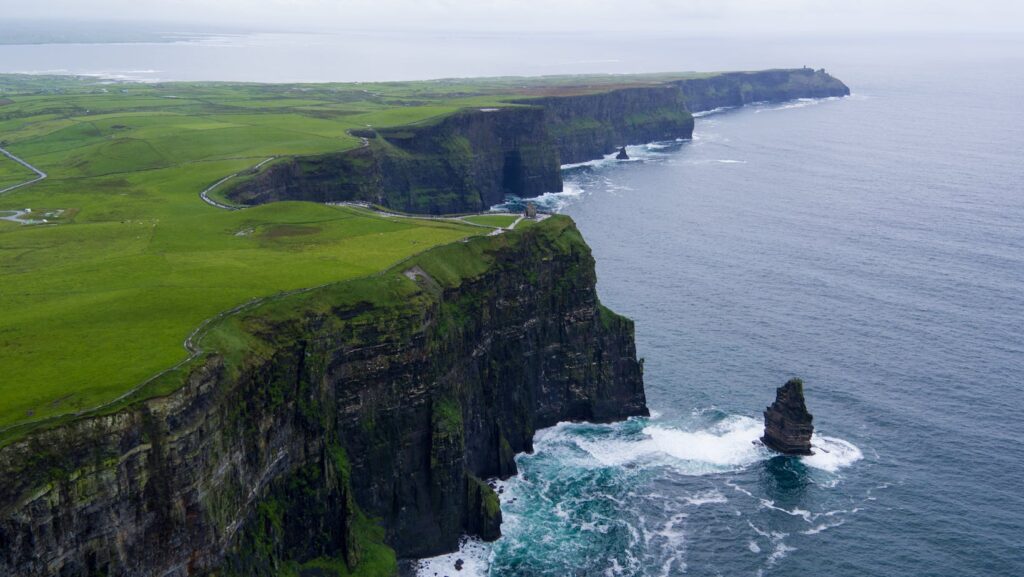Nature:Cjuqp58spys= Background

Implementing background nature in urban settings requires strategic planning. This involves integrating plant life and water features in public areas to provide spontaneous interaction with nature. Another approach is mimicking natural patterns in architecture, contributing to a calming atmosphere.
The correlation between background nature and productivity is significant. Research from the Journal of Environmental Psychology reveals that natural elements in the workplace contribute to enhanced cognitive function and increased creativity. Organizations incorporating nature-inspired designs often see improved employee satisfaction and performance.
Visual Impact of Background Nature
 Background nature enhances the visual appeal of spaces and contributes to a sense of tranquility. Natural elements create harmonious environments that improve aesthetic quality.
Background nature enhances the visual appeal of spaces and contributes to a sense of tranquility. Natural elements create harmonious environments that improve aesthetic quality.
Aesthetics rely on the seamless integration of nature into design. Natural backgrounds like green foliage or serene waterscapes soften architectural lines and add texture. In urban settings, vertical gardens and rooftop greenery incorporate color and life, offering visual contrast to concrete structures. Studies, including one by the American Society of Landscape Architects, show that well-designed natural elements increase property value and attract more visitors.
Composition benefits from background nature, providing balance and focus. Designers use natural elements to guide the eye and create focal points within a scene. A tree in a landscape design can draw attention to an entrance, while water features add flow and movement. Through strategic placement, these elements become integral to design narratives, conveying emotion and intention. In photography and art, background nature elements enhance the depth and dimensionality of compositions.
Background Nature in Photography
 Background nature plays a crucial role in photography by enhancing composition and mood. Whether capturing landscapes or portraits, integrating natural elements adds depth and context.
Background nature plays a crucial role in photography by enhancing composition and mood. Whether capturing landscapes or portraits, integrating natural elements adds depth and context.
Photographers use several techniques to effectively incorporate background nature. Framing involves using trees or other natural elements to encircle the subject, adding depth and focus. Depth of field manipulation blurs the background, highlighting the subject while still showing environmental context. Natural lighting, such as golden hour or diffused sunlight through foliage, adds warmth and ambiance. These techniques ensure the background complements the main subject without overpowering it.
Capturing background nature presents several challenges. Lighting inconsistencies, particularly in outdoor settings, can affect exposure and color balance. Weather conditions, like wind or rain, can disrupt shoots or alter natural elements. Achieving a harmonious balance between subject and environment requires careful composition to avoid distracting elements. Photographers often navigate these challenges by scouting locations and timing shoots for optimal conditions, ensuring the background enhances rather than detracts from the overall composition.
Nature’s Beauty
Background nature plays an indispensable role in enhancing modern living by bridging the gap between urban environments and the natural world. Its subtle yet powerful presence not only elevates aesthetic and psychological well-being but also enriches artistic and narrative expressions across various mediums. As society continues to urbanize, integrating background nature into daily life becomes increasingly crucial for fostering healthier communities and promoting biodiversity. By embracing natural elements in our surroundings, individuals and creators alike can harness their transformative potential, leading to more harmonious and fulfilling experiences.
